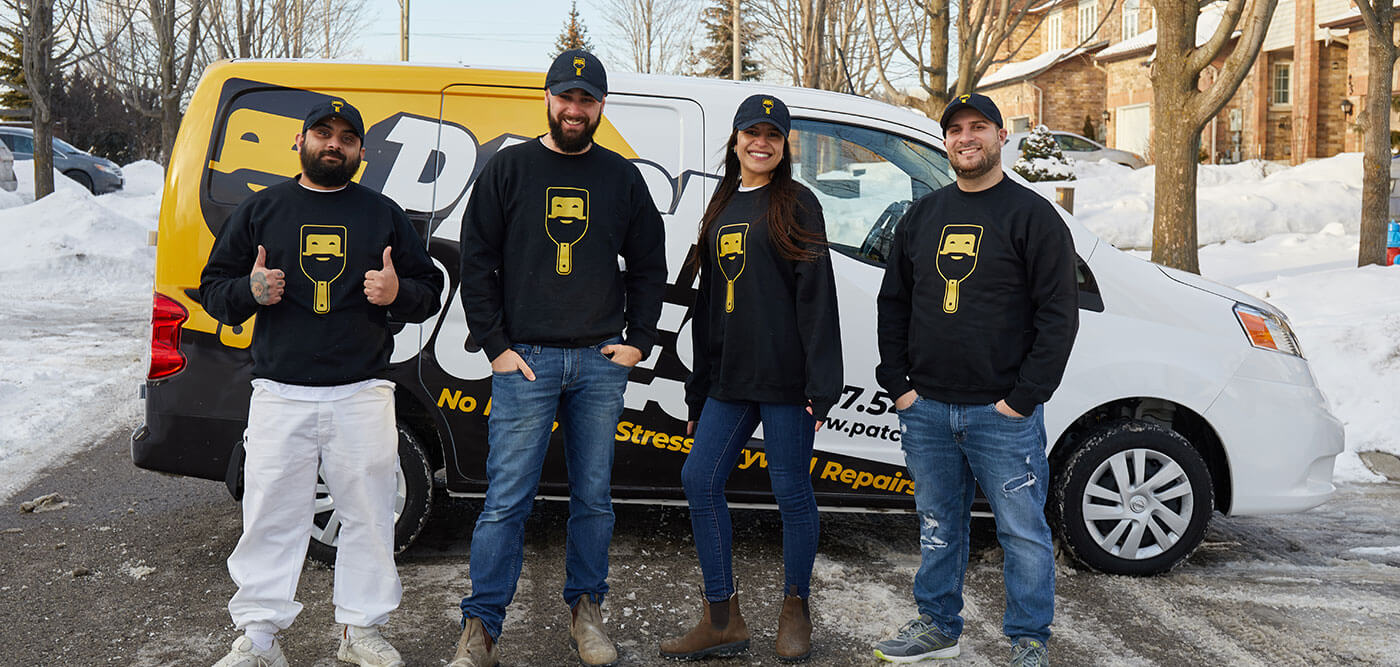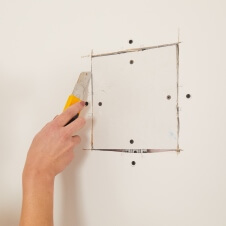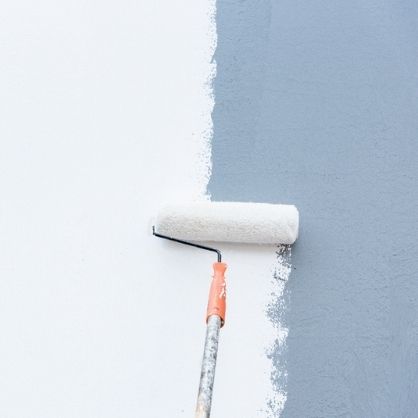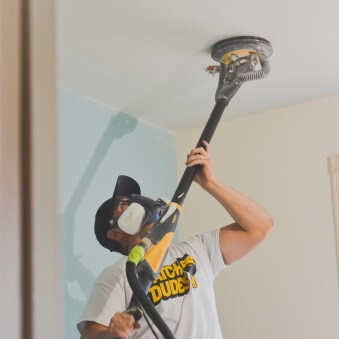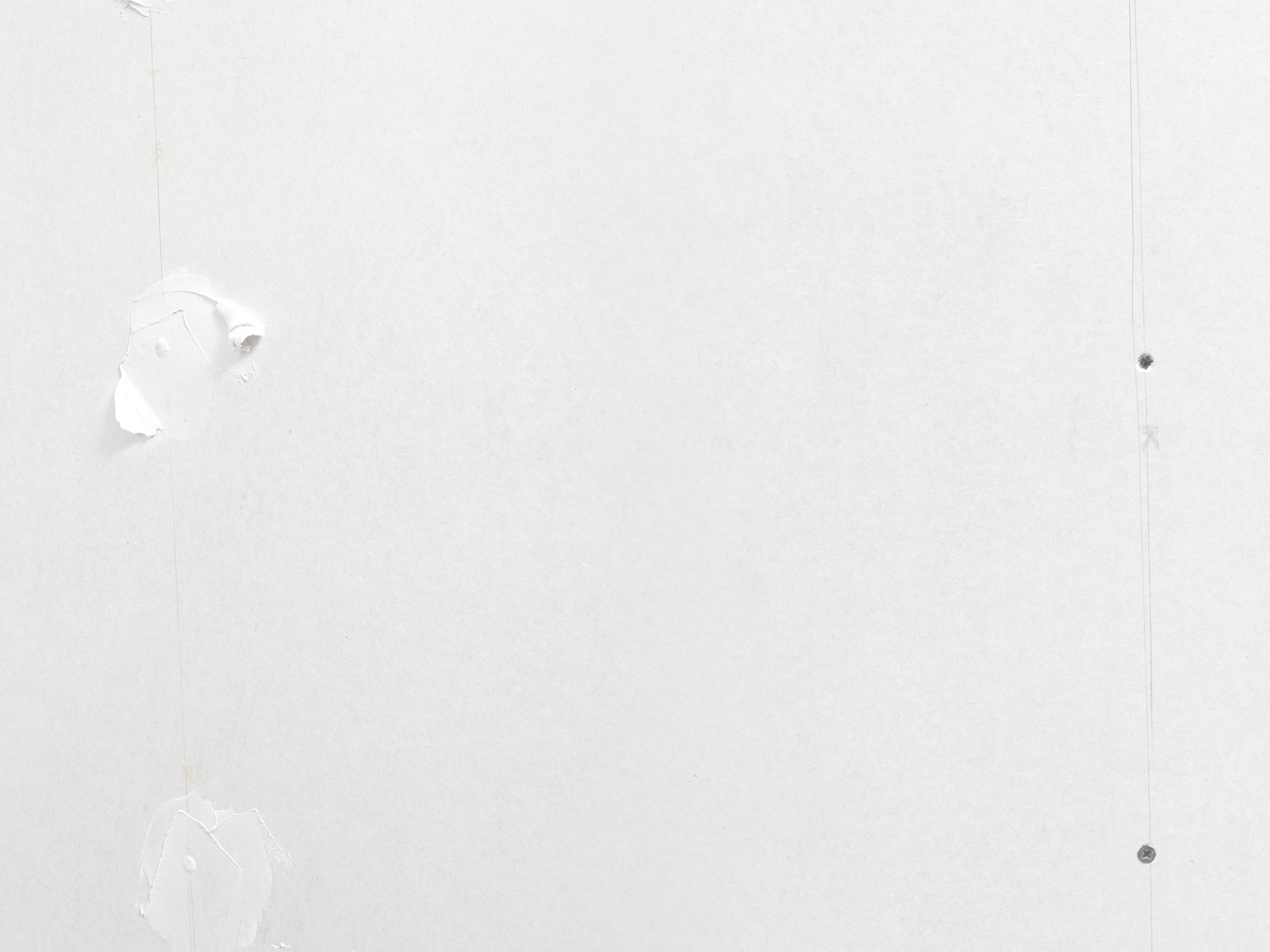
Stucco is tough, but like anything else, it can break down over time. Things like cracks, holes, or any other damage can happen, and you might think the fix is so simple you could do it yourself! Even though it may seem like an easy repair job on the surface, much like stucco’s texture, there’s much more complications and finer details you need to be aware of.
While DIY stucco repair can save you some cash, it’s easy for it to cause more problems than before, if you’re not careful. Here are the top five problems people face when trying to patch up their stucco and how to avoid them.
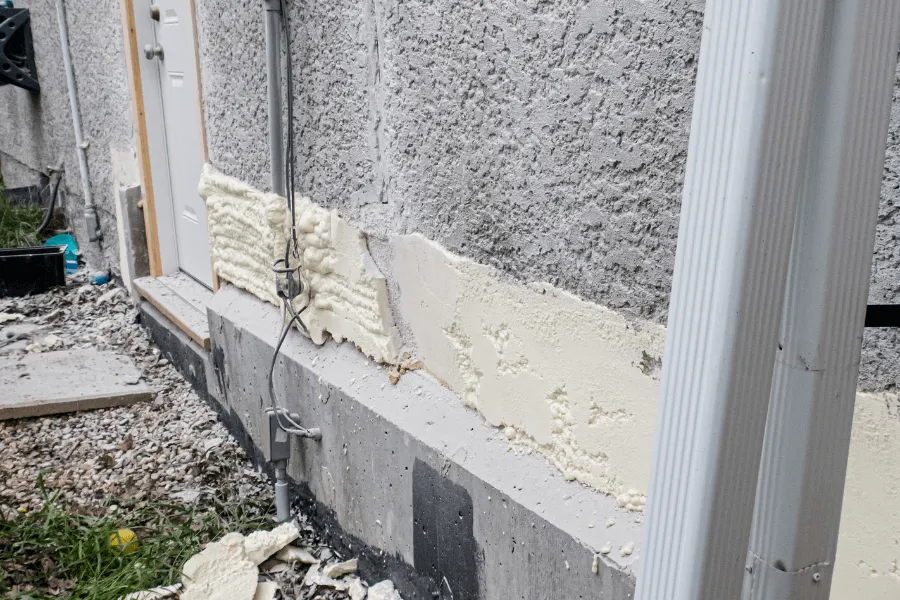
1. Not Cleaning the Surface Properly
A lot of people who do DIY stucco repairs accidentally skip the first step, and get straight into trying to patch up their stucco. Before you even begin repairing your stucco, you have to make sure that your surface is properly prepared. If you don’t clean the area thoroughly before applying your patch, the new stucco won’t stick as it should. That means your repair job won’t last as long and will probably fail sooner than you think.
The fix? Clean the area well. Make sure you get rid of any dirt, dust, or lost stucco bits by using tools like a wire brush or pressure washer. Make sure the area is completely dry before applying anything. It doesn’t take long, but doing it right will make your patch last way longer. If your stucco just refuses to get clean, getting professional stucco repair will be the safest choice if you want a repair that lasts.
2. Using the Wrong Stucco Mix
Not all stucco mixes are the same. If you don’t pick the right one for your repair, you might end up with a patch that doesn’t match the rest of your home. It could also crack and peel sooner than you’d like.
To avoid this, read the label on your stucco mix carefully. Some are meant just for smaller patch jobs like small cracks, while others are for full on surface applications. Pick the one that is the best fit for what you need. If you’re not sure, don’t hesitate to ask someone who knows or even stop by a local store to get advice.
3. Struggling to Match the Texture
Stucco isn’t just about fixing cracks. It’s also about making sure your patch blends in with the rest of the wall. If your new patch looks smooth or just doesn’t match the texture of your existing stucco, it’s going to stand out like a sore thumb, which is definitely not what you want.
Here’s the deal, texturing stucco is an art. When it comes to DIY stucco repair, you’re going to need some practice to get the texture you want.Test the texture on a piece of cardboard or scrap material before you hit the wall. Use a sponge, trowel, or texture roller to mimic the look you’re going for. You can even practice on the ground, so when you’re ready to go, you’ve got it down. Also, work in sections if you’re doing a large area. It helps keep the texture consistent.
4. Rushing the Job or Waiting Too Long Between Coats
Stucco repairs require some patience. If you don’t let the layers dry properly or you rush through the process, it’s likely your repair will end up uneven or cracking. A lot of DIYers make the mistake of applying another coat too quickly or waiting too long, which messes with the overall job.
The solution is simple, just follow the drying times on the product’s label. Don’t apply the next coat until the previous one has dried completely. This is twice as important if you’re working in hot weather, be extra careful. Stucco can dry faster in the heat, and that might cause cracks. If it’s too hot, you may need to mist the wall lightly with water to keep it from drying out too fast.
5. DIY Stucco Repair Safety
It might seem like a simple fix, but DIY stucco repair can be dangerous if you’re not careful. You’re working with heavy materials, sharp tools, and sometimes even chemicals. It’s easy to get caught up in the task and forget about safety, but trust us, it’s not worth the risk.
Before you start, get yourself some safety gear. Wear goggles to protect your eyes from dust, gloves to shield your hands from rough surfaces, and a mask to avoid inhaling stucco dust. If you’re working on a ladder, make sure it’s stable. Never try to cut corners with safety, one slip up could end your project (and your day) early.
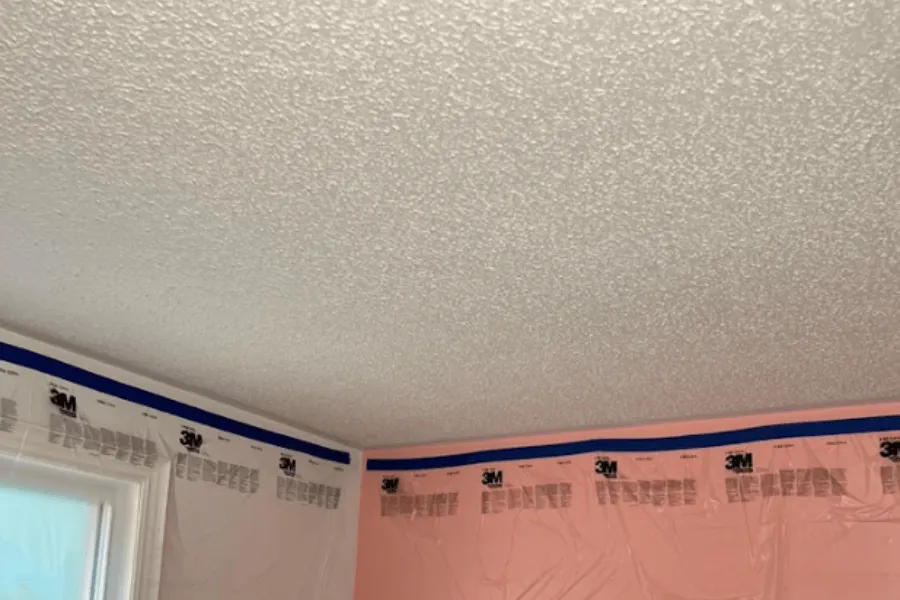
Is DIY Stucco Repair Worth It?
CONTACT US
DIY stucco repair doesn’t have to be a nightmare, but there are definitely some common pitfalls to watch out for. If you prep the surface properly, pick the right mix, match the texture, time the coats right, and stay safe, your repair job should be solid. Even though you’re handling the repair yourself, if you run into trouble, it’s okay to ask for help from a professional. Don’t be afraid to get in touch with us if you ever need professional stucco repair!
DIY stucco repair can save money, but mistakes like improper prep, wrong mix, and safety issues can cause bigger problems. Learn how to avoid them here!
